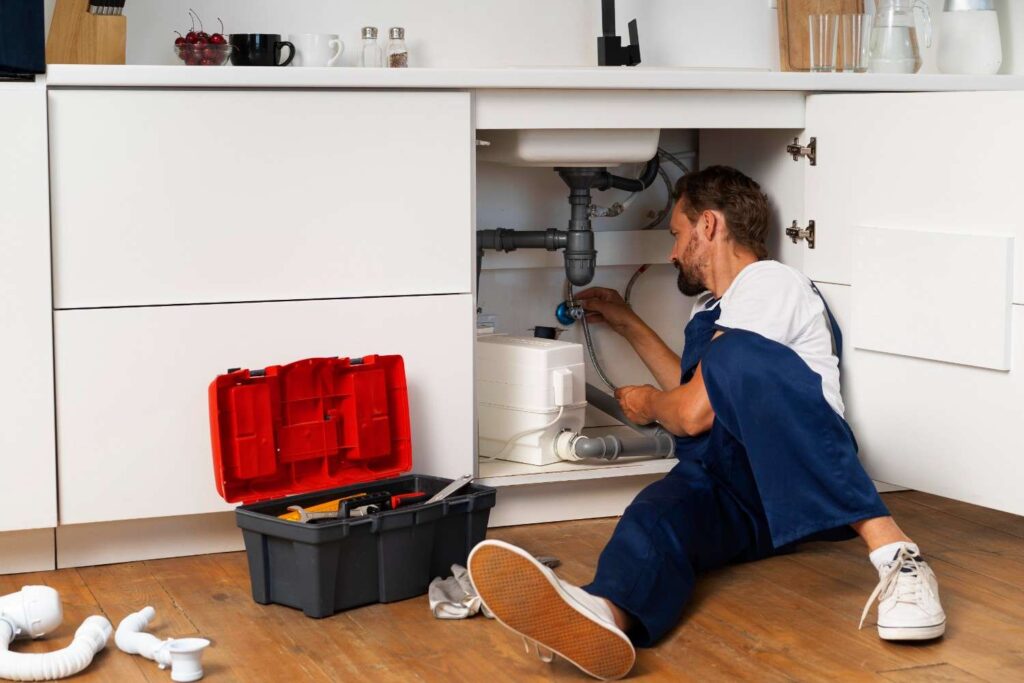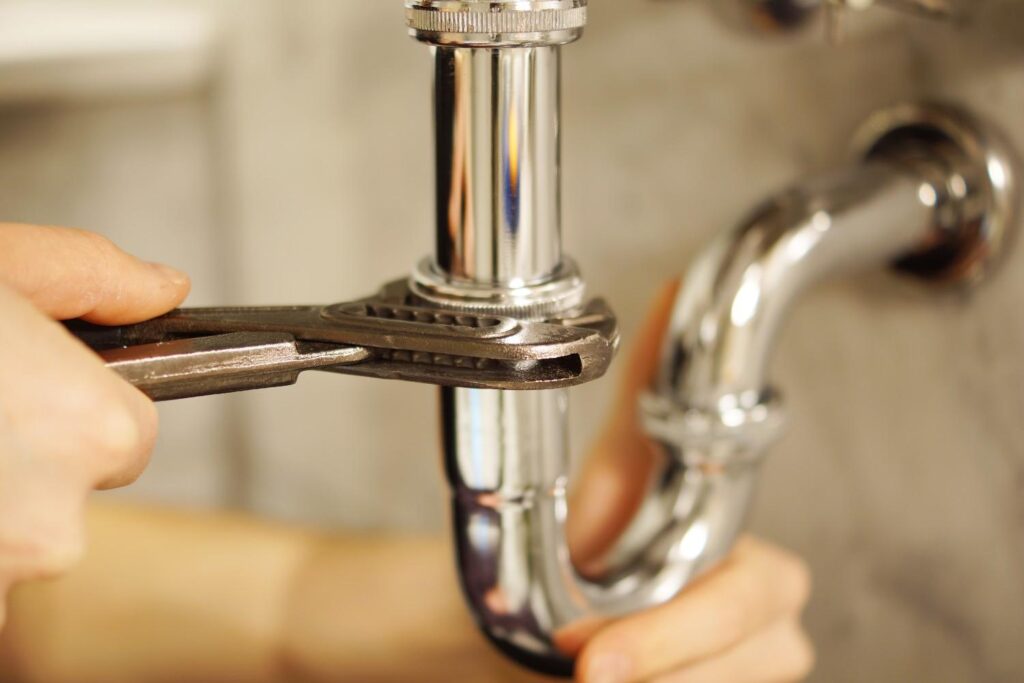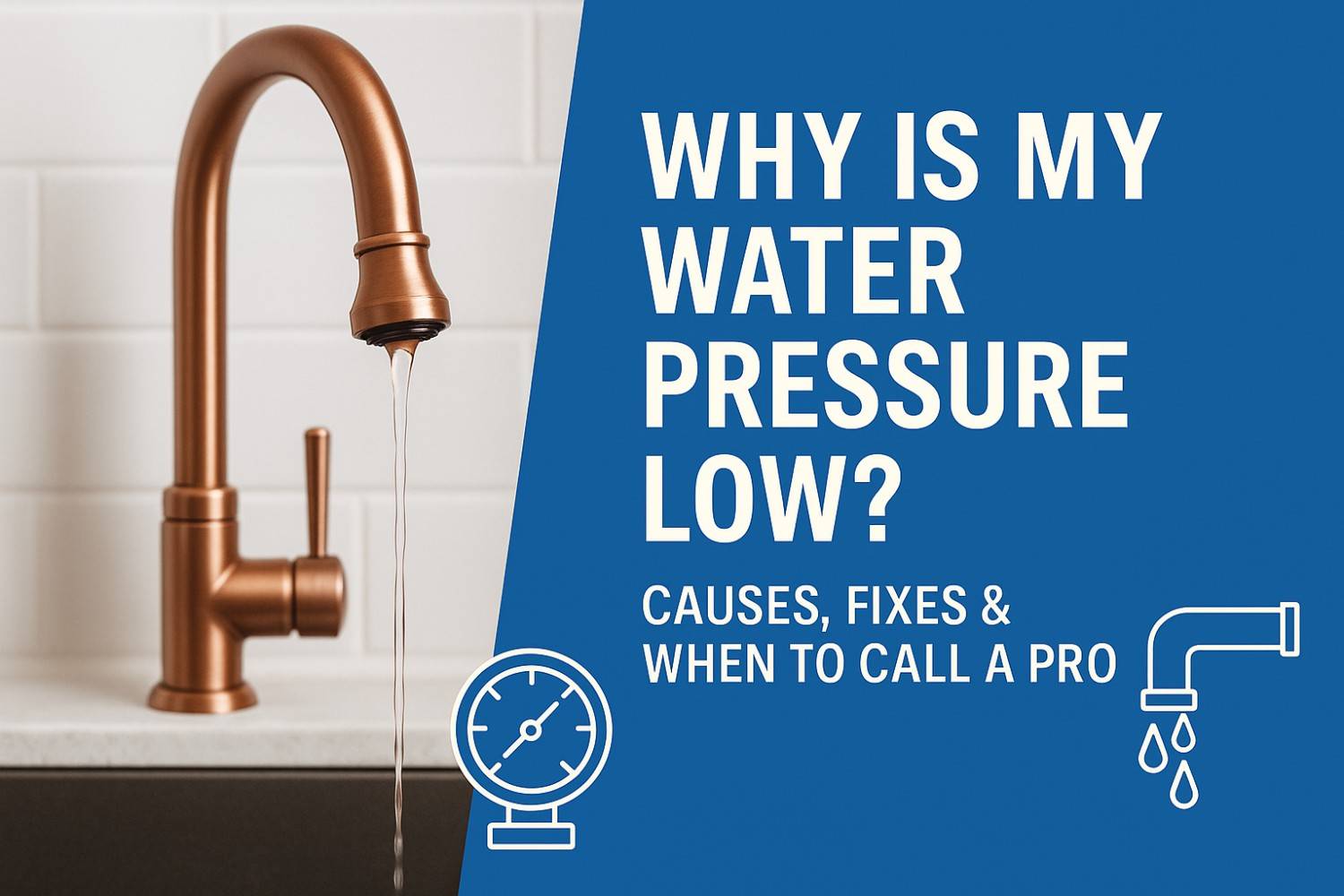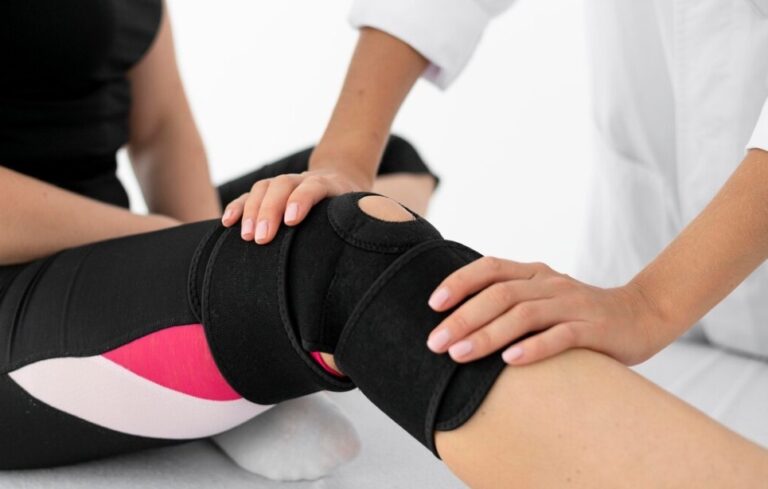If you’re thinking “why is my water pressure low?”, you’re definitely not alone. A weak stream from the shower, slow-filling sink, or inconsistent flow across fixtures all point to one thing: your plumbing system isn’t delivering as it should. The good news is that many of these issues are fixable—with some detective work and the right steps. Below we’ll walk you through what to check, why it happens, and when it’s time to call in a professional.
How to Measure Your Water Pressure First
Start by attaching a simple pressure gauge to an outdoor hose spigot or hose-bib. In a typical home, water pressure should fall between roughly 40 to 60 psi (pounds per square inch). If you get significantly less, you likely have a genuine low-pressure problem. (Test-for-pressure guidelines from industry sources.)
By testing before diving into repairs, you’ll know whether the issue is isolated or system-wide.

Whole-House Low Pressure: What’s Going On?
When every faucet, shower and appliance seems starved for flow, the root cause usually lies upstream in the supply or main plumbing.
Pressure Regulator & Main Supply Valve Problems
Many homes have a pressure-reducing valve (PRV) where the main line enters, designed to keep incoming pressure safe. If this fails or becomes stuck it can restrict flow for the entire home.
Also check if the main shut-off valve or the metered supply valve is only partly open—this is a surprisingly common culprit.
Corroded, Clogged or Undersized Pipes
Over time, interior walls of older galvanized or metal pipes accumulate rust or mineral scale, narrowing the bore and reducing flow.
Similarly, if branch lines are undersized (for example ½″ feeding a big fixture area) or shared among homes, pressure will always suffer under load.
Hidden Leaks or Supply Issues
A leak in a main line or branch hidden behind walls/floors may divert flow before it gets to your fixtures. One way to test: shut off all water use, read your meter, wait an hour, then check again. Movement can signal a leak.
Also consider the utility side: if your water supplier has a main break, and neighbours are noticing weak flow too, the problem may lie beyond your home.

Fixture-Specific Pressure Issues
If only one faucet, one shower, or only the hot water side is weak, the problem is more localized.
Aerators, Cartridges & Shut-Offs
Faucets and showerheads often get restricted by mineral build-up in their aerators or cartridges. Removing the aerator and soaking it in vinegar or replacing it is a quick win.
Also check the small shut-off (stop) valve under the sink or behind the wall—if it was left partially closed after repairs, it will restrict flow to that fixture.
Hot Water Only?
If cold water flows fine but hot water is weak, the issue may lie in your water heater or its supply. Sediment built-up in the tank, partially closed hot-water valves or kinked flex lines can all reduce hot-side flow. Flushing the heater and checking valves is a good step. (Drawing on general plumbing practice.)

Hose or Supply Line Kinks
Sometimes the culprit is simple: a twisted, crushed or kinked flexible supply hose behind a toilet, under a sink or to a washing machine. Straightening or replacing the hose can instantly restore flow.
How to Troubleshoot: Step by Step
- Attach a pressure gauge to an exterior faucet and note the reading.
- Ask: is the low pressure everywhere or only at one fixture or only hot water?
- For whole-home issues: check the main and meter valves, inspect for hidden leaks, and see if neighbours are affected (utility issue).
- For single-fixture issues: remove the aerator or showerhead, ensure the fixture stop valve is fully open, check for kinks in supply hoses.
- Use your findings to decide: is this a simple fix you can do, or is it time for a professional plumber?
Frequently Asked Questions
1. Why is my water pressure low all of a sudden?
A sudden drop often points to a valve closing accidentally, a leak developing, or a problem in the municipal supply. When neighbours are also affected, call your water provider first.
2. What pressure is considered “too low” in a home?
If you’re consistently below about 40 psi, you’ll likely notice weak flow and slow-filling appliances. Typical homes aim for the 40–60 psi range.
3. Why do I have low water pressure only at my kitchen sink?
In such a case it’s often down to the faucet aerator being clogged, or the shut-off valve under the sink not fully open. Cleaning or adjusting those usually fixes it.
4. Can a water heater cause low water pressure?
Yes — if your hot water only is weak, sediment build-up in the tank, partially closed valves, or restricted hot-water lines can all be the culprit. Flushing the tank and inspecting those parts often restores normal flow.
Conclusion: Why Is My Water Pressure Low—and How Do I Fix It?
So, if you’re wondering why is my water pressure low, you now have a clear roadmap: measure the pressure, check whole-home supply issues, identify whether the problem is isolated, clean or adjust fixtures when needed, and call a professional when the root cause is hidden or complex. With a bit of effort (or the right help), you can restore strong, reliable water flow throughout your home.










